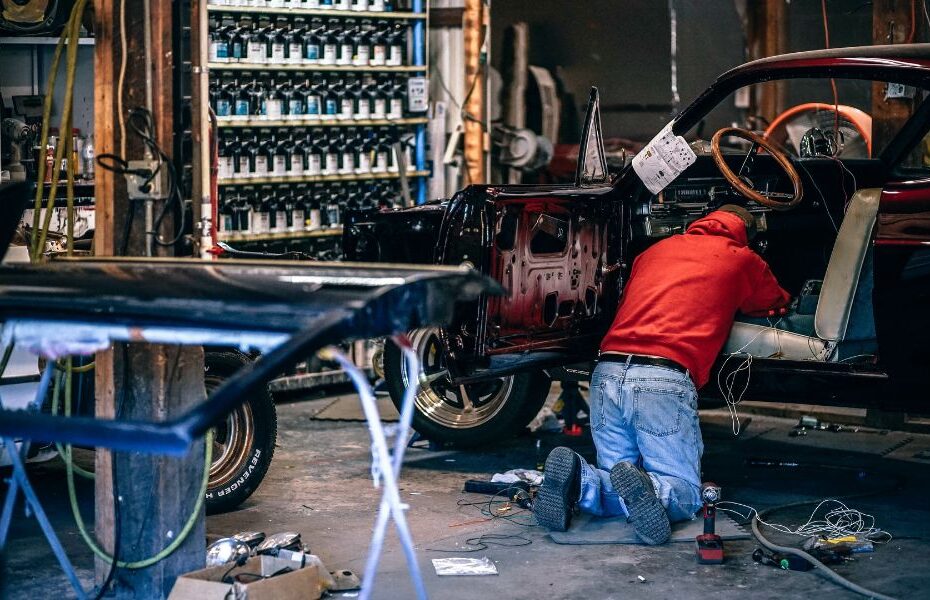Restoring a classic car can be a rewarding experience, but it can also be a costly one. From purchasing to restoring, every step of the restoration requires a budget. Your classic car restoration could become a financial nightmare without a proper budget plan. Therefore, planning out a budget before starting the restoration process is essential. You’ll discover five tips for budgeting your classic car restoration in the blog below.
1. Set a Realistic Budget
The first step in budgeting your classic car restoration is to set a realistic budget. Research the market value of the car before starting the process. It will give you an idea of the car’s value and help you decide on the amount you want to spend on the restoration. Consider the timespan of the restoration process and factor in any unexpected expenses.
2. Prioritize Restoration Parts
When restoring a classic car, it is essential to prioritize the restoration parts that need to be replaced or repaired. This prioritization will help you determine which parts are the most expensive and which you can forego. Spend your money wisely on the parts that need the most attention and which will add the most value to your car.
When it comes to choosing high-quality parts, M&T Manufacturing is the place. We offer high-quality Volkswagen parts. So whether you’re looking for VW Beetle, Bus, or Karmann Ghia parts, M&T will have the needed selection.
3. DIY vs. Professional Help
Many restorations require professional help, but you can save money by doing some work yourself. Numerous repair manuals and online tutorials are available to help you with your restoration. However, it is essential to know your limits and not attempt repairs beyond your capacity. Trying to do so could result in more damage, costing you more money in the long run.
4. Keep to the Plan
One of the biggest mistakes made in car restoration is deviating from the restoration plan. While adding more parts or rebuilding the engine might be tempting, doing so could add to the expenses. Stick to the original plan and make decisions based on the priority repairs. Deviations from the plan could cost you more and delay the restoration process.
5. Keep Track of Expenses
Finally, keeping track of your expenses during the restoration process is crucial. Keep a detailed list of each part and service involved in the restoration process. This inventory will help you identify where your money is going and where you can cut back. With accurate tracking, you can easily determine what parts of the process are over budget and require further attention.
Budgeting your classic car restoration is an essential part of the process. With these five tips, you can ensure a successful restoration experience without breaking the bank.
